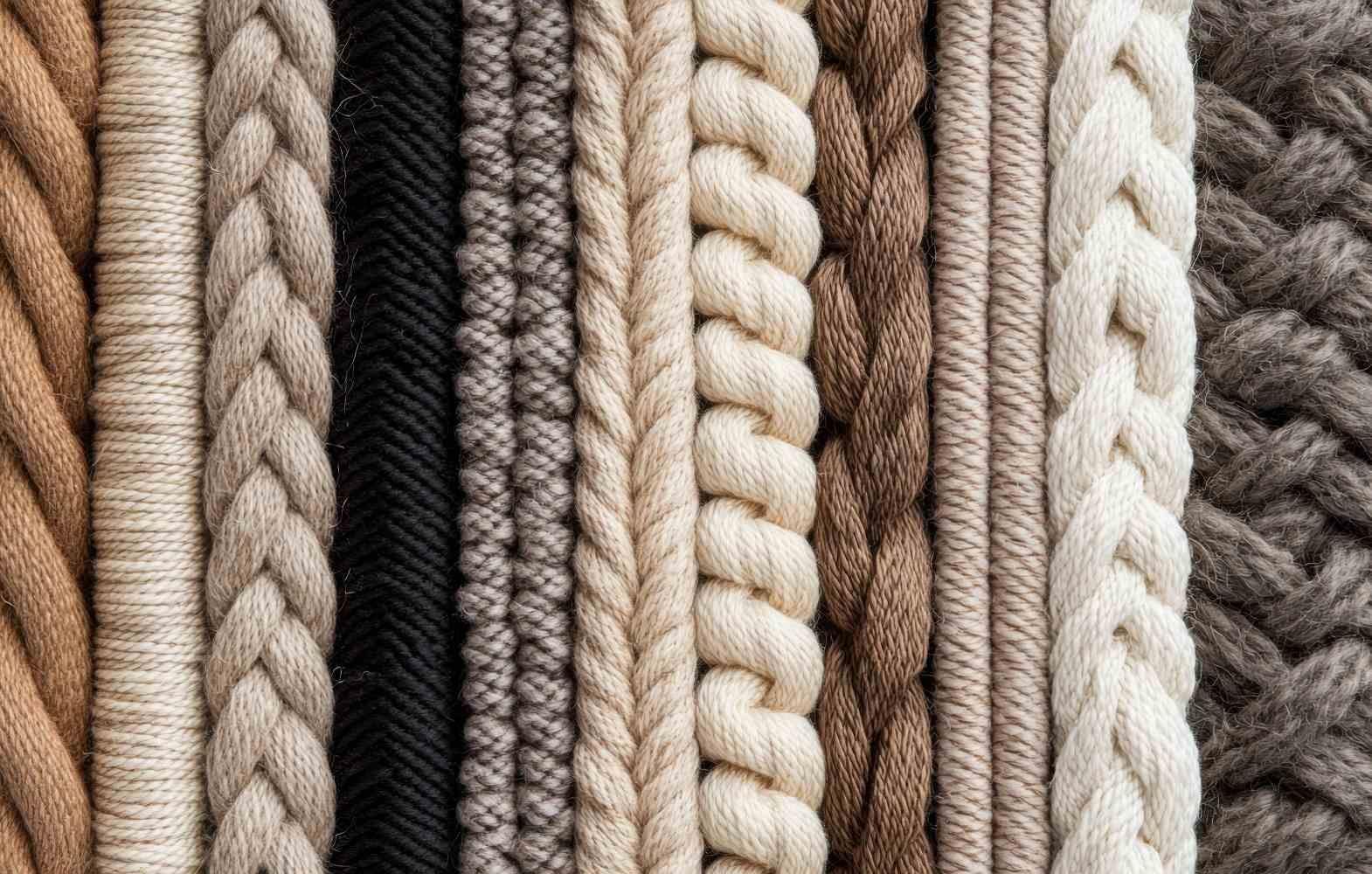Natural fibers are emerging as a low-cost, lightweight, and environmentally superior alternative in composites. Different fibers exhibit various properties that are fundamentally important to the resulting composites. This paper provides an overview of the most commonly used natural fibers in composites, their extraction methods, characterization, treatments to improve fiber performance, composite manufacturing, and mechanical properties.
Biocomposites are composite materials that comprise at least one major component derived from a biological origin. The biomaterials that are long textile fibers used as reinforcements include Flax, Jute, Hemp, and Ramie, while short fibers like wood fibers and recycled fibers are also used. The polymer matrix used is biopolymers, although many of them are still in the developmental stage. The vast majority of composites are made from a combination of biofibers and petrochemical-based matrices.
The use of natural fibers in composites has experienced rapid growth, but there are still some major technical and economic challenges to address. The majority of natural fiber composites contain too many short fibers, making them suitable for nonwoven processing and resulting in composites with moderate mechanical properties. Fiber orientation plays a major role in achieving the maximum fiber fraction ratio and fiber utilization efficiency in the resulting composites. One disadvantage of natural fibers in composite applications is their high moisture absorption property. Bio-composites are typically made from a combination of natural fibers and petroleum-based resins.
Read Full Article
Originally Published in the Textile Review, January 2012.
About the Authors:
K. P. Kathirvel is an Assistant Professor in the Department of Textile Technology at KSR College of Technology, Tiruchengode.
Dr. T. Ramachandran is the Principal of Karpagam Institute of Technology, Coimbatore.







Comments